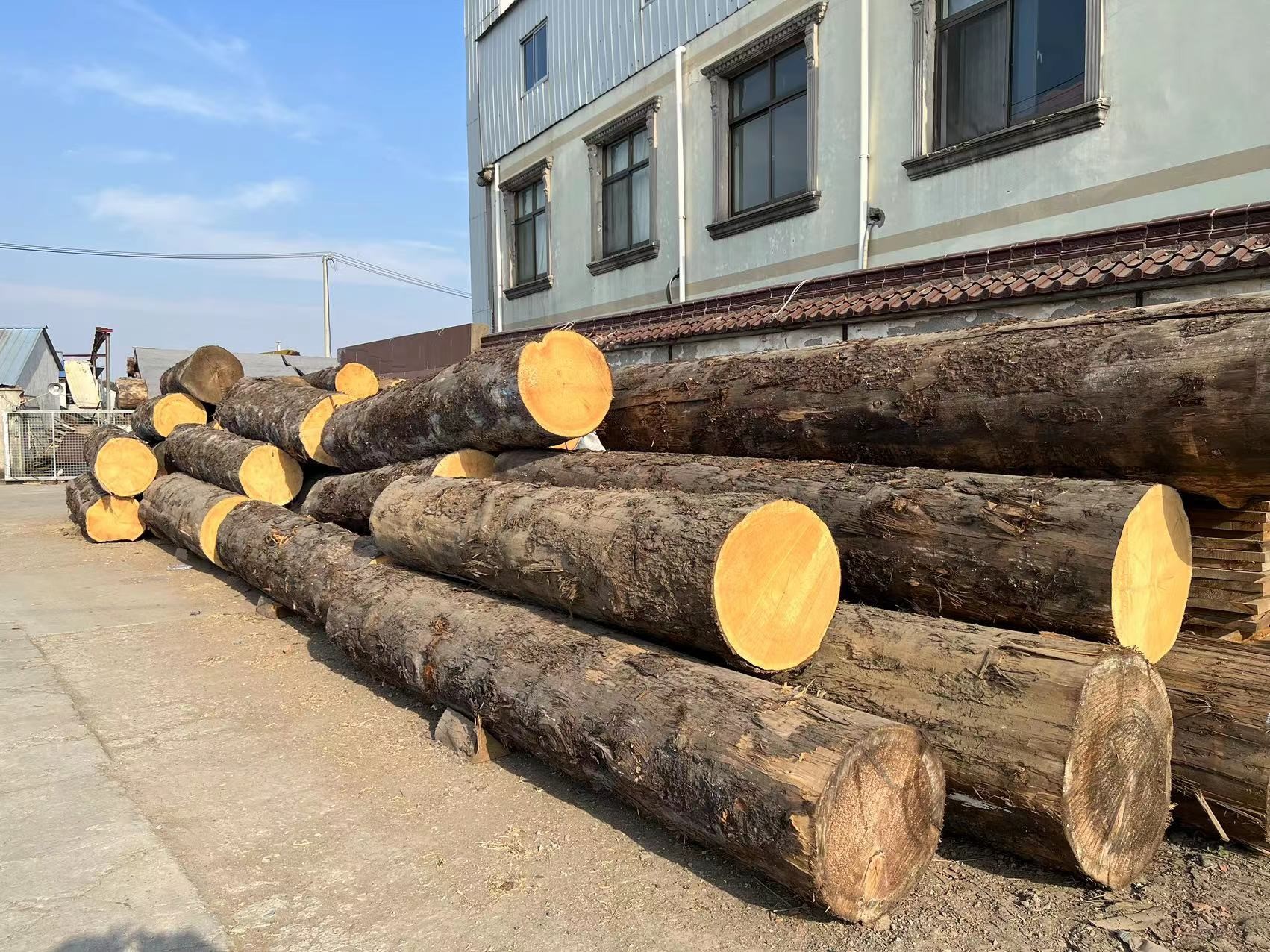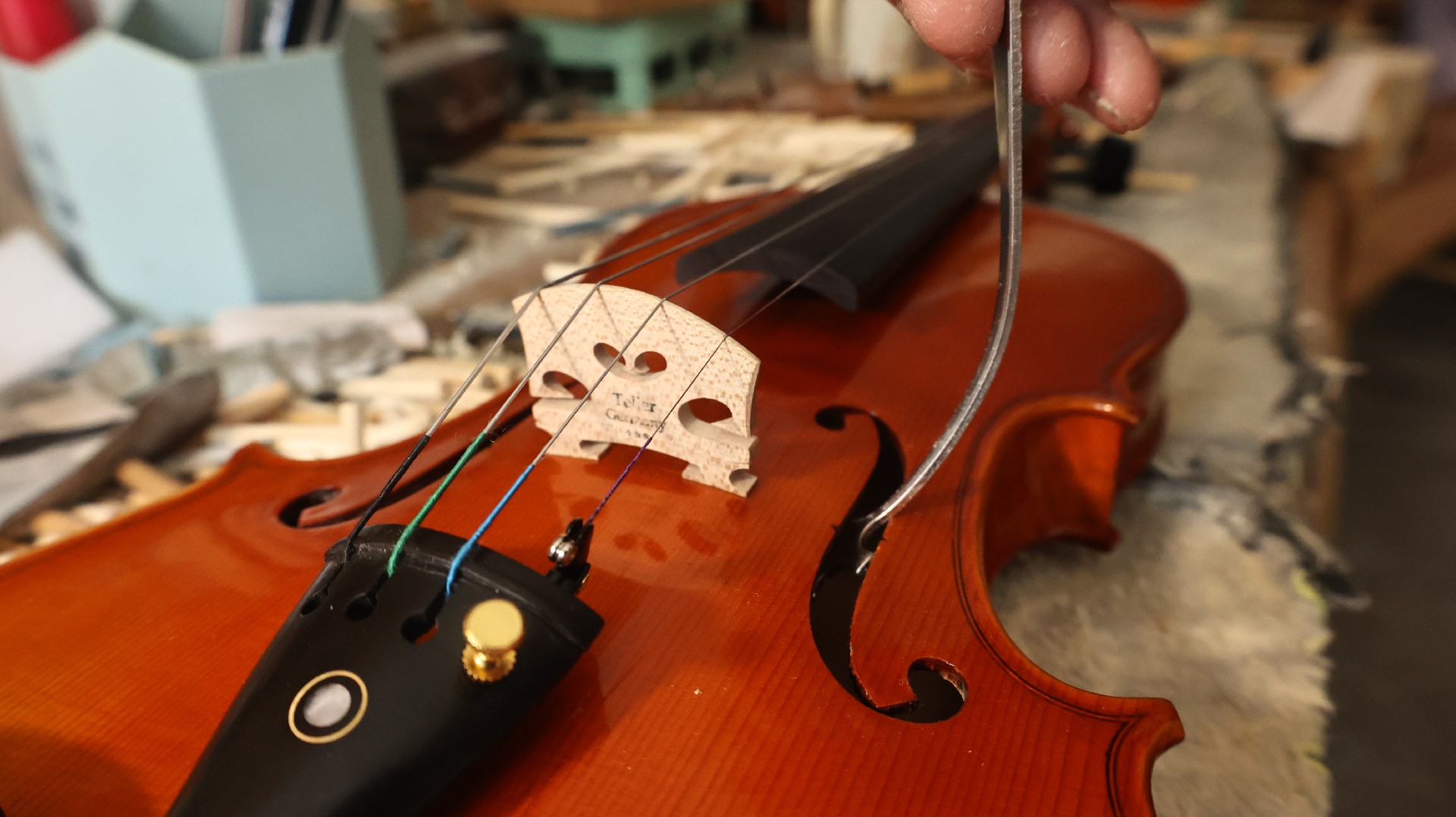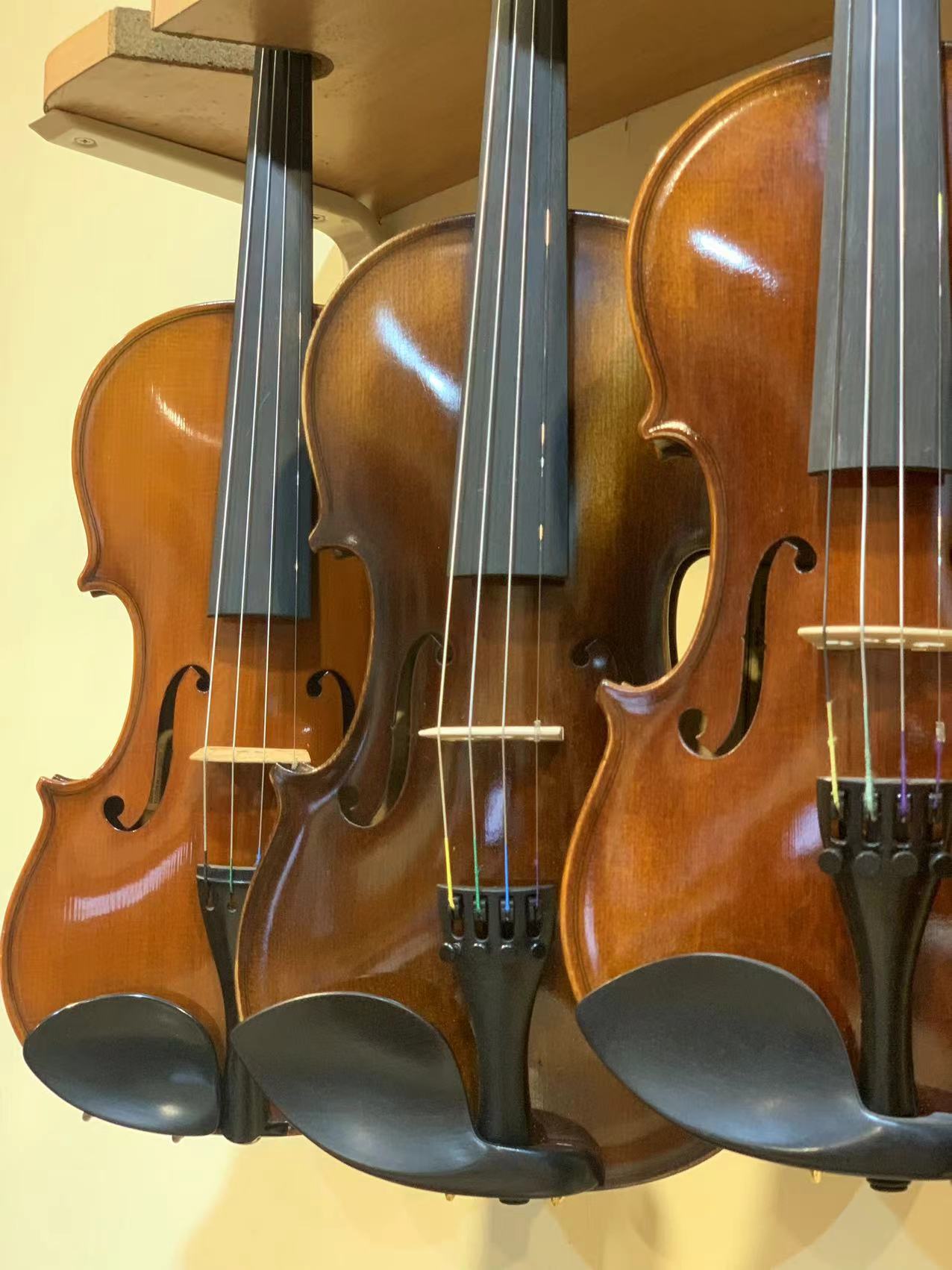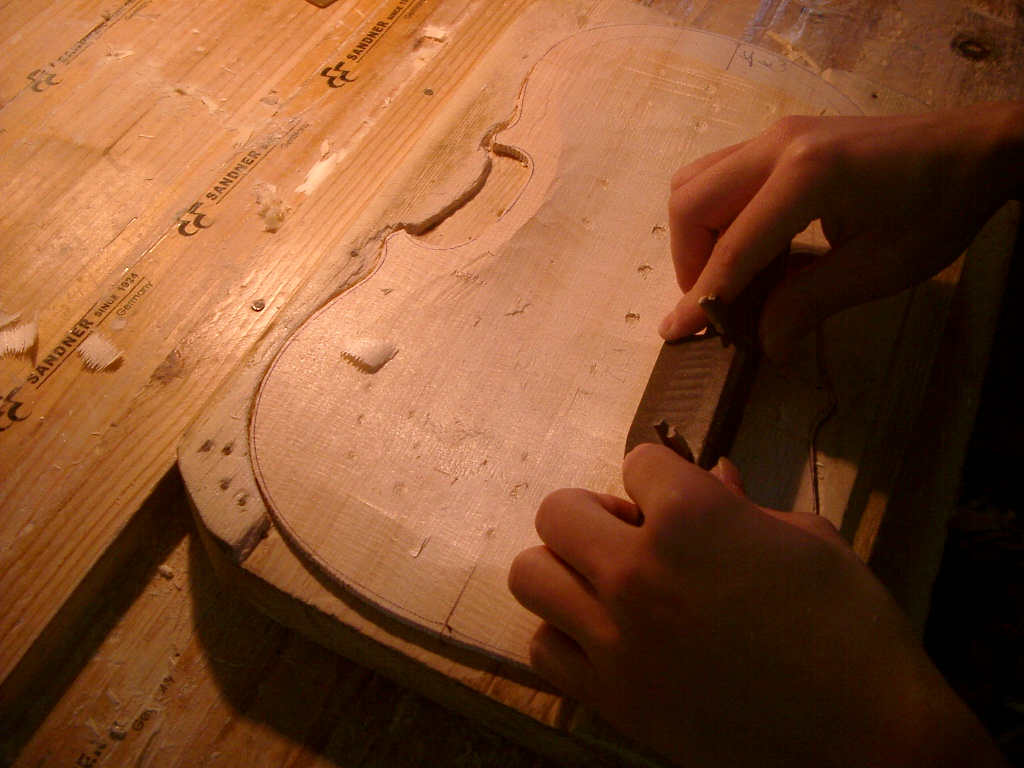The violin, a musical instrument with a long history, is renowned for its unique tone and expressiveness. However, did you know that the weight of a violin has a significant impact on its tone? The German brand Franz Sandner, with a century-old manufacturing process, how do they view this issue? Let's explore the mystery of the relationship between the weight of a violin and its tone.
1. The density of wood varies depending on the country where it grows:
The tone of a violin largely depends on the type of wood used. Woods grown in different countries and under different climate conditions may have varying densities and structures, which directly affect the violin's tone. For example, European spruce wood, grown in cold climates, is known for its high density and is believed to produce a brighter and richer tone.

Spruces form Europe
2. The impact of accessories on weight:
The installation of accessories is also an important factor affecting the overall weight of the violin. Accessories such as the bow, strings, and chin rest all contribute to the overall weight. The quality and material selection of accessories not only affect the tone, but also influence the overall weight of the violin and the comfort of the player.

3. Ideal weight range:
Experts generally believe that the weight of a violin should not be too heavy to avoid burdening the performer. Excessive weight may lead to fatigue during long periods of playing. According to Franck Sandner, the weight of a violin should not exceed 500 grams, which can ensure the tone quality while maintaining playing comfort.

As a brand with a hundred years of history, Franz Sandner has a meticulous attitude towards violin making. They are well aware of the impact of weight on the sound of violins, so they strictly control the selection of wood and the installation of accessories in the manufacturing process, ensuring that each violin can achieve the best sound performance and playing experience.
Comment: Finding a balance between tone and comfort.
The making of violins is a combination of art and science. While ensuring the tone quality, consideration must also be given to the player's experience. The approach of Franz Sandner, which emphasizes weight control and seeks a balance between tone quality and comfort, is worth learning from and emulating in the industry.
Closing remarks
The tone of a violin is not only determined by its craftsmanship but is also an interdisciplinary product involving multiple fields such as materials science and acoustics. Weight, as an important factor, has a significant impact on the tone. As demonstrated by Fran Sandner, only by deeply understanding and skillfully applying these principles can a violin be made that is both pleasant to the ear and comfortable to play.
.

Manufacturing process of Franz Sandner
In the world of classical music, the sound of the violin is often compared to a singer's voice, attracting countless music lovers. Violin makers are like vocal coaches, using various methods to "train" the violin in order to achieve the most ideal sound.
Weight, a factor that is often overlooked.
In violin making, weight is often a neglected factor, but in reality, it is crucial to the tone quality. An excessively heavy violin not only increases the burden on the player but may also affect the purity and projection of the sound. Therefore, finding the right balance point is particularly important.
The Wisdom of Franz Sandner: The Combination of Lightness and Tone
The Franz Snander brand, with its century-old manufacturing craftsmanship, has ingeniously found a balance between lightness and sound quality. Their violins, weighing no more than 500 grams, ensure comfort during performance without sacrificing the richness and penetration of the sound. This crystallization of craftsmanship is undoubtedly the ideal choice for musicians.
Future Outlook: Integration of Innovation and Tradition
With the advancement of materials science and manufacturing technology, future violin making may introduce more innovative elements. However, regardless, the respect for traditional craftsmanship and attention to detail, like that of Antonio Stradivari, are indispensable spirits in violin making.
In the hall of music, the violin is not just a musical instrument, it is the conveyer of the artist's emotions, the carrier of the soul of music. Every detail, including its weight, tells its unique melody. Hopefully, Stradivarius can continue to tell more wonderful stories with its exquisite craftsmanship.